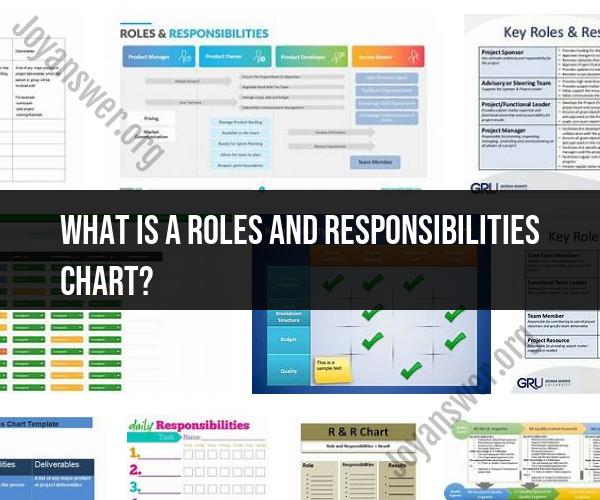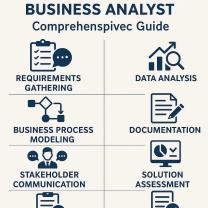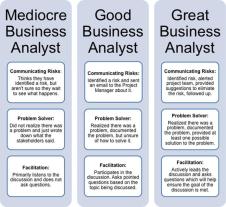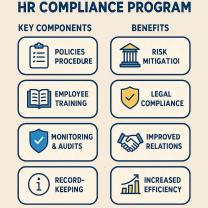What is a roles and responsibilities chart?
A Roles and Responsibilities Chart, often referred to as an RACI matrix, is a visual tool used in project management and organizational planning to clarify and define the roles and responsibilities of individuals or teams involved in a project or business process. The acronym "RACI" stands for:
Responsible (R): The person or team responsible for executing a specific task or activity. They are directly responsible for completing the work and ensuring its quality.
Accountable (A): The person who is ultimately accountable for the successful completion of the task or activity. This individual ensures that the work is done correctly, and they may need to provide approvals or make final decisions.
Consulted (C): Individuals or teams who need to be consulted for their expertise or input before a decision is made or an action is taken. They provide valuable insights but may not be directly responsible for the task.
Informed (I): Individuals or groups who need to be informed about the progress or outcomes of a task or decision but are not actively involved in its execution.
Here are some key benefits of using a Roles and Responsibilities Chart:
Clarity: It provides clear definitions of who is responsible for what, reducing ambiguity and potential conflicts over roles and tasks.
Accountability: It ensures that someone is ultimately accountable for each task, making it clear who should be held responsible if something goes wrong.
Efficiency: It streamlines decision-making and task execution by clarifying who needs to be involved and at what stage of a project.
Communication: It improves communication among team members and stakeholders by clearly defining who should be consulted or informed.
Resource Allocation: It helps in resource allocation by identifying the specific individuals or teams responsible for certain tasks, making it easier to allocate personnel and budget resources.
Project Success: It contributes to project success by ensuring that all necessary roles are filled and that there is no overlap or gaps in responsibilities.
Creating a Roles and Responsibilities Chart typically involves identifying all the tasks or activities related to a project or process, listing the relevant roles or job titles, and then assigning the RACI roles (Responsible, Accountable, Consulted, Informed) for each task. This chart can be a valuable reference tool throughout a project's lifecycle, helping to ensure efficient and effective teamwork.












